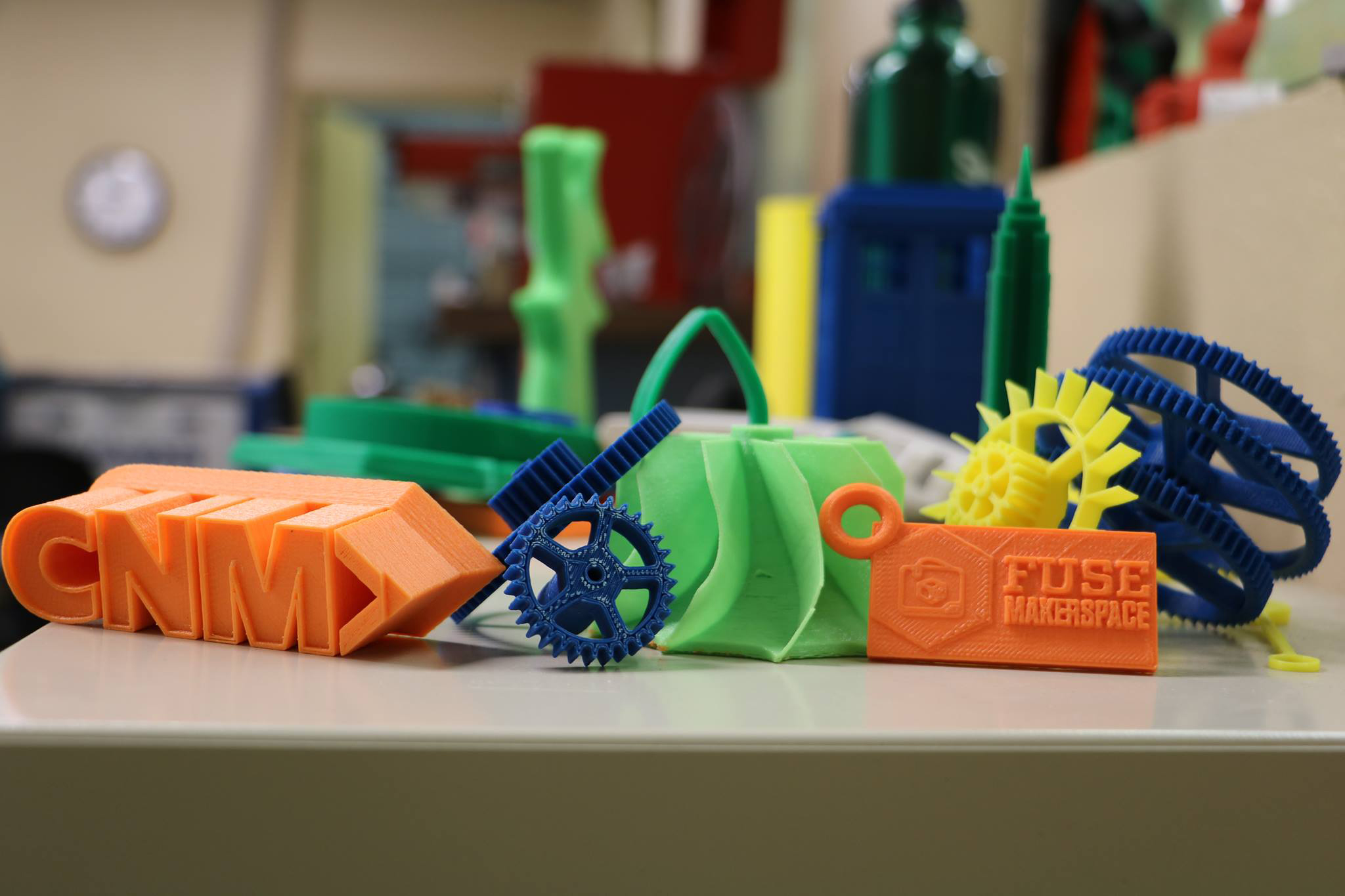By Finance New Mexico
Uncertainty about the commercial viability of an innovation or idea — in addition to the cost of renting or buying the machinery needed to build a working prototype — has stifled many an entrepreneurial impulse. But the makerspace movement that’s gaining a foothold in several New Mexico communities is trying to change that.
Makerspaces offer access to expensive equipment and expert mentoring that innovators need to turn a concept into something tangible. Their advocates see them as cauldrons of entrepreneurism and economic development — as early-stage business incubators.
Nurturing Creativity
New Mexico is home to half a dozen makerspaces, many of them only a few years old.
Los Alamos Makers (http://www.losalamosmakers.org/) calls itself “a scientific playground for all ages,” and its members can use all sorts of industrial, mechanical, laboratory and electronic equipment that the organization has procured in its two years of existence.
Lots of people have ideas, said founder Prisca Tiasse, a former biologist at Los Alamos National Laboratory, but they lack the means to invest in something that might not go anywhere. “That is a major hurdle for entrepreneurism.”
Donations from business and community sponsors and government grants have helped the Los Alamos makerspace obtain most of its tools and machinery, Tiasse said. And she’s been able to buy surplus equipment from the Lab at auction for a fraction of its original price.
The organization encourages community members to participate as mentors and teachers, and those who do so enjoy free use of the space. Others can join for a year, a month, a week or a day.
FUSE (http://fusemakerspace.org/), located on the Central New Mexico Community College campus, is one of two makerspaces in Albuquerque (the other is QueLab). Intel and the college are prime sponsors of FUSE, donating equipment, software and maintenance services, according to Aidan Shaffer, who’s contributing to the project as an AmeriCorps participant.
Paying members of FUSE receive training in the sophisticated industrial, fabrication and manufacturing equipment housed in the space, including 3-D printers and machines used in milling, metalwork, vinyl cutting, electronic fabrication, welding and woodworking.
While it opened formally in April, the makerspace has been in the works for a few years, said Shaffer. “We help people bring ideas to market. We help with rapid prototyping” so inventors and innovators can develop a proof of concept to attract investment.
Profitable Collaboration
Makerspaces frequently are housed in vacant or repurposed buildings, a form of resource recycling that reduces project costs.
Economic development advocates see great potential in this trend, especially as it spreads to smaller communities like Taos (www.thetoolboxtaos.org) and Las Vegas (http://parachutefactory.org/). Giving entrepreneurs and creatives access to the tools they need to develop business concepts could reverse rural population losses and strengthen the tax base in smaller towns.
“It would be fabulous for New Mexico if we got some more of these” makerspaces, Tiasse said.
The New Mexico Municipal League agrees. It is sponsoring a workshop on “Repurposing Community Assets for Economic Development” at its annual conference Aug. 31-Sept. 2 in Hobbs. Participants will hear how the City of Santa Fe partially funded the makerspace at Meow Wolf (https://makesantafe.org) and learn what the city hopes to achieve.
Download 461_Makerspaces Nurture Business Development by Offering Workspace Tools PDF

